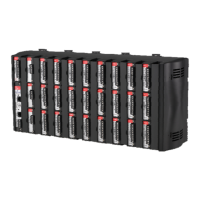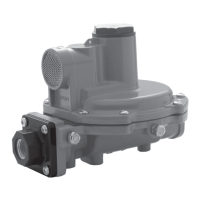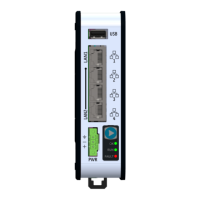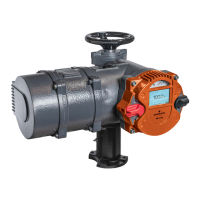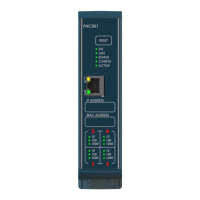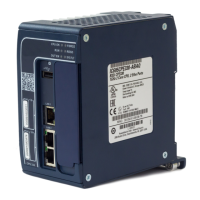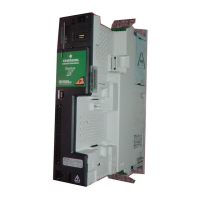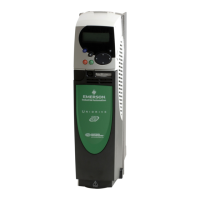ROC800-Series Instruction Manual
Revised July-2017 Calibration 7-1
Chapter 7 – Calibration
In This Chapter
7.1 Calibration Overview ........................................................................ 7-1
7.2 Calibration Frequency ...................................................................... 7-1
7.3 Preparing for Calibration .................................................................. 7-2
This chapter provides overview information about calibration
procedures for the Analog Input (AI) modules, HART module, RTD
Input module, and Multi-Variable Sensor modules (MVS and MVS
I/O).
For the full calibration procedure, refer Refer to the ROCLINK 800
Configuration Software User Manual (for ROC800-Series) (part
D301250X012) or the ROCLINK 800 Configuration Software User
Manual (for ROC800L) (part D301246X012).
Before beginning the calibration process, determine if the module is
used in a control application. If the module is part of a control
application, ensure the system is off-line before proceeding.
7.1 Calibration Overview
Use ROCLINK 800 Configuration software to perform initial
calibration or re-calibration of the inputs on the AI, HART, RTD, and
MVS modules. For example, you might re-calibrate after changing an
orifice plate in the meter run the ROC800 handles. You can perform
calibrations on sensor inputs from either orifice meter runs or turbine
meter runs.
The AI, MVS, and RTD calibration routines support five-point
calibration, with the three mid-points calibrated in any order. You
calibrate the low-end (zero reading) first, followed by the high-end
(full-scale) reading. You then calibrate up to three mid-points, if
necessary.
The HART calibration routine supports two-point calibration. You
calibrate the low-end or zero reading is calibrated first, followed by the
high-end or full-scale reading.
Note: The Analog Inputs are not designed to be calibrated.
7.2 Calibration Frequency
Remote Automation Solutions recommends that your organization
establish a routine—quarterly, semi-annual, or annual—pattern of
verification and/or calibration for devices and software that meets or
exceeds the API 21.1 recommended practices.

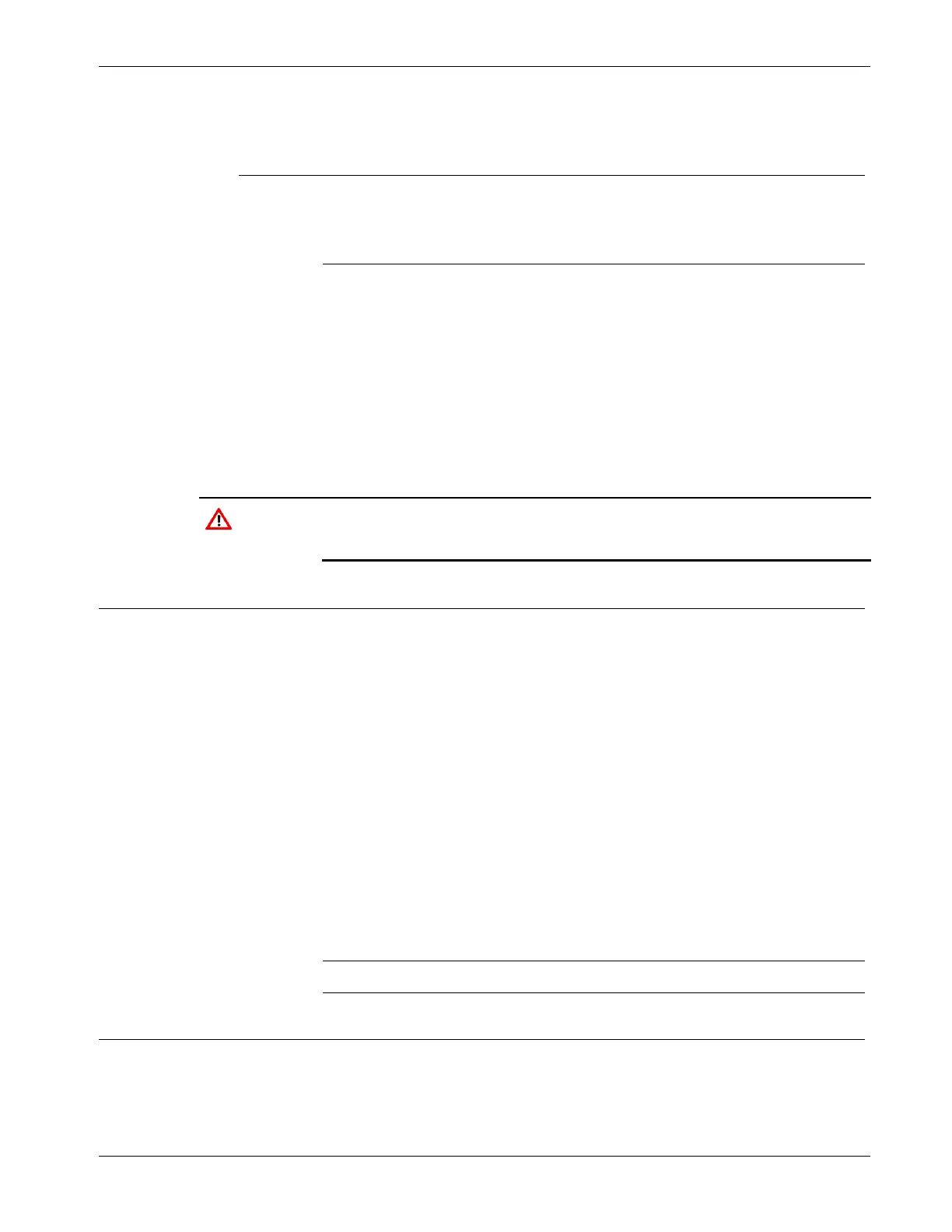